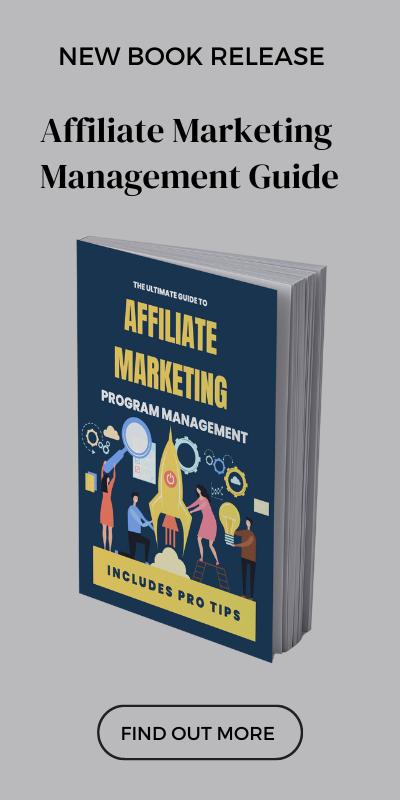Due to COVID, Google decided to give us advance notice of a new ranking signal they are introducing.
The new factor to include in your strategy is Google Page Experience
It is due to launch in May 2021 and this is what Google had to say about it:
The page experience signal measures aspects of how users perceive the experience of interacting with a web page. Optimizing for these factors makes the web more delightful for users across all web browsers and surfaces, and helps sites evolve towards user expectations on mobile. We believe this will contribute to business success on the web as users grow more engaged and can transact with less friction.
So, with the impeding deadline, now is the time to start thinking about how you can start making some changes.
What Is Page Experience?
In its simplest form, page experience is how someone visiting your site interacts with it.
If a visitor lands on your page and left without clicking on elements or pages, Google would assume that was of no interest to the visitor. Think of that as a black mark against your site for the keyword the visitor entered through Google.
If more and more visitors use the same keyword, visit your site but don’t engage with your content. Google then assumes that your relevance is low to that keyword. As a result, you might be downgraded for appearing within search results for that keyword.
But, there are a ton of reasons why someone might not interact with your site the way you had hoped.
We will cover some of these further down.
How Will You Know Your Page Experience?
In the past, Google has introduced visual indicators for pages that were built using AMP (Accelerated Mobile Pages).
There have also been labels for slow or fast loading pages.
The search engine giant has stated that by next year, they will have introduced into their results a visual indicator of page experience.
At the moment we don’t know what it will look like or where it will be positioned.
Instead of waiting for this indicator, start gathering valuable insight now.
User Feedback
If you are serious about redeveloping your page experience. It is a good thing to find out what your users’ frustrations are.
There are a few ways that you can get this:
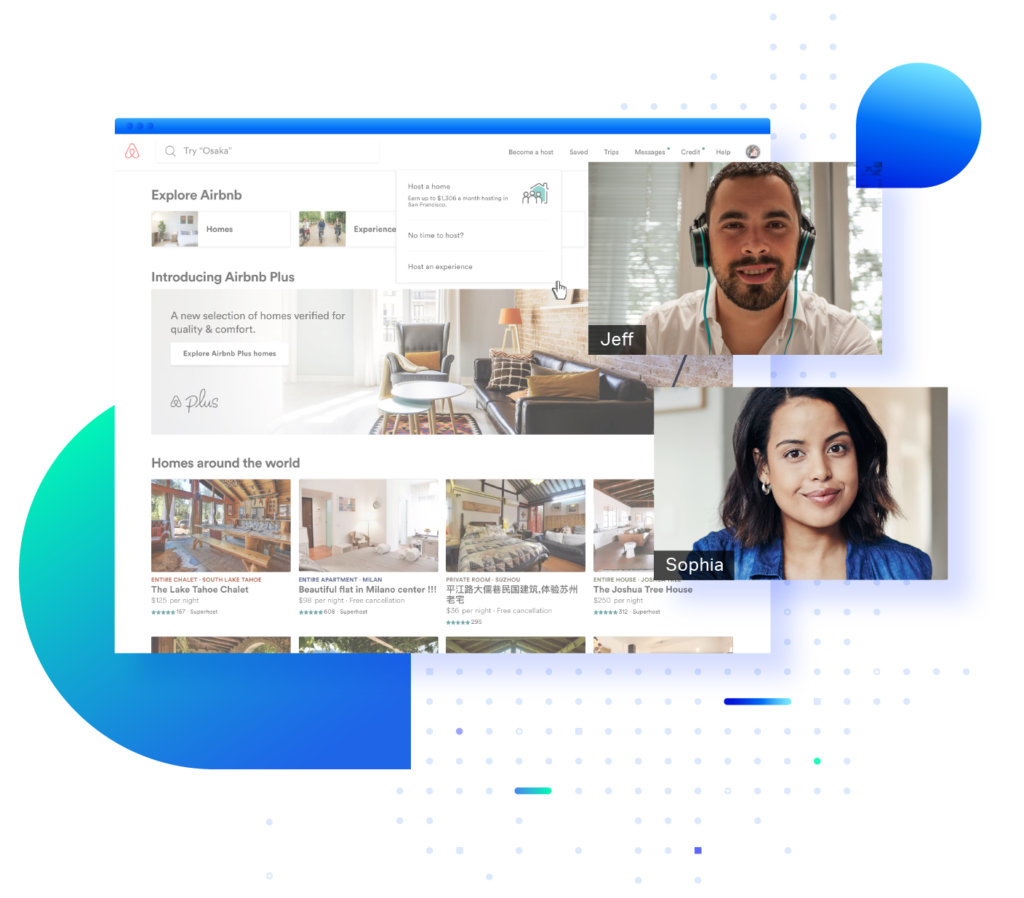
User Testing
Recruit a mix of men and women from different backgrounds that have never / infrequently / frequently used your site.
Set them a list of tasks to complete and see how they interact with the site. Ask for their feedback along the way and you can find out some useful bits of info on where to improve.
The majority of offices are closed. This shouldn’t stop you, as a lot of companies can facilitate this user testing online.
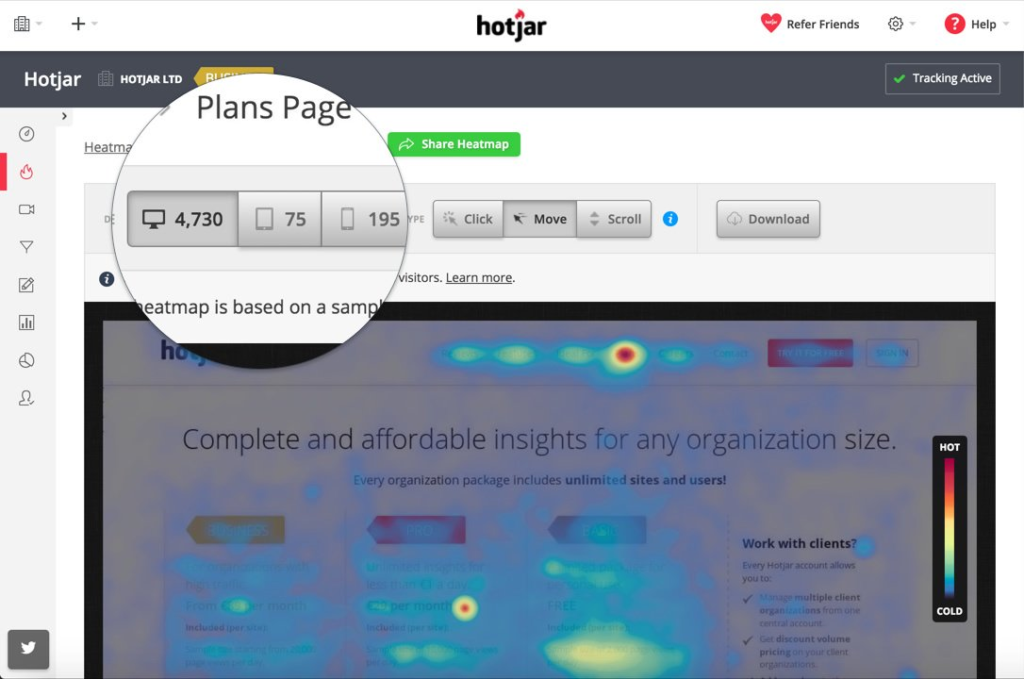
Heat Mapping
Use a tool like Crazy Egg or Hotjar and get visualisations (through heatmaps) on where users interact more frequently on every page.
This can help with the positioning of key information or calls to action.
Introducing split tests for example can show how changing colour could make a button more or less engaging.
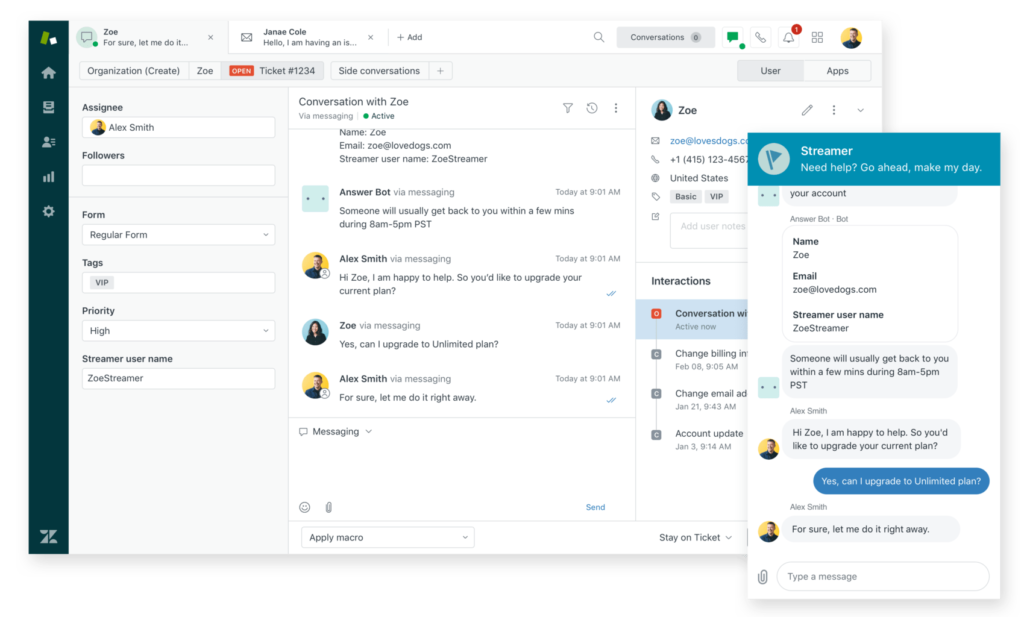
Chat / Surveys
Keep an eye on customer chat or emails that come through.
Some users are happy to go this extra mile to offer their feedback or to have a good moan. Especially for a site that they use a lot.
Why not offer a customer review form to make it easier. To get more responses, dangle a carrot like a gift card for their time.
Where To Focus Your Time?
Aside from the feedback you got from the above tools, there are some areas that are known to make a difference already.
Take a look at the data you already have. Head to Google Analytics and filter your pages by high bounce rates.
If a page has a high bounce rate, that is a good indication that there is a problem there.
Other areas you might want to look at could include:
Pop-Ups / Banners
It is notoriously hard for mobile users to click the ‘x’ on pop-ups. They also typically fill up large portions of the screen.
If you can, remove pop-ups completely from your mobile site and limit their use on desktop.
Think about other ways to work that pop-up message into your content. If it is a sign-up page, then this can be inserted within an article without affecting the users experience on-site.
Mobile Speed
If, as a website, you haven’t been optimising for mobile, then you are already playing catch up.
According to Hitwise, around 60% of all Google searches are carried out on a mobile device. If your site is taking a long time to load, visitors will leave the site and look elsewhere for an answer to their search.
As little as 1s-3s load time has a 32% probability increase of a bounce. This goes as high as 132% for load times from 1s-10s.
You can use Google’s own free paid tool to find out what your mobile page speed rank and gain insights on how to improve.
>> Google PageSpeed Insights <<
Site Structure
Within eCommerce, sites want to surface the best-suited product to the customer and get them into the purchase funnel as efficiently as possible.
This means clearly labelled navigation and great filter options to hone in on the right product.
Can your site benefit from this approach?
Go back to your site structure. Where do you want users to get to and how can you get them there quicker.
For a coupon website, you might find that a lot of visitors are already aware of the brand they want to shop with and just want to see their deals. In that case, it would be useful to make the search a bigger presence on the homepage.
The more elements you have on a homepage, the greater the time to load. So, I understand why they might be there from a commercial perspective, but they could result in lower rankings as a result.
Call to Action
Screaming out “Buy Now’ as soon as someone lands on your homepage is probably not the best first impression.
There is a different thought process for visitors at different stages on your site. Make sure that any call to action aligns with the right mindset.
The call to actions on your website should be concise and to the point. Moving visitors through their journey on-site to where you would ideally like them to go.
With affiliates, the end goal is to (in most cases) drop the cookie and send the customer on his way. But, a more informed visitor is a more qualified potential customer.
Alt Texts
An alt text is a label describing the content or use of an image on a site.
The CMS you are using to upload the content on your site should have an option for adding alt text to any images.
When an image can’t be loaded, the alt text is displayed instead. This can help when load times are slow but also for those users that interact with a screen reader.
An alt text will give a search engine crawler greater context on what that page is about. So, include this process in your SEO strategy moving forward.
Don’t Forget Brand Presence
Brand queries (users typing your name into a search engine) has an impact on rankings.
Naturally, as your brand becomes more popular, your SEO traffic will increase as well. Despite seeing you on Instagram or receiving an email from you, a lot of users will still enter your site through a search on Google.
Google wants to show the sites in search results, that its users favour over others. Brand queries will play a part in that.
A brief look at mobile search traffic for three key coupon sites in the UK shows us that MyVoucherCodes is seeing amazing growth in this area.
Vouchercodes.co.uk – market leader for discount in the UK
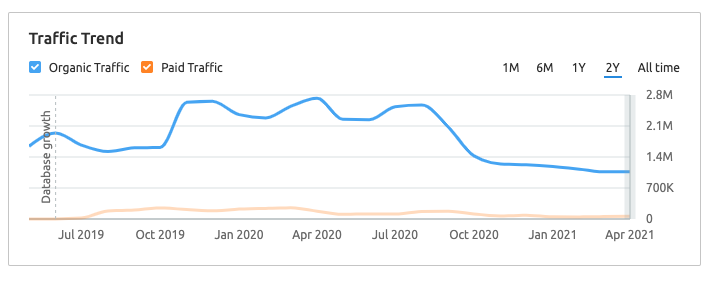
Vouchercloud – market leader for a discount app
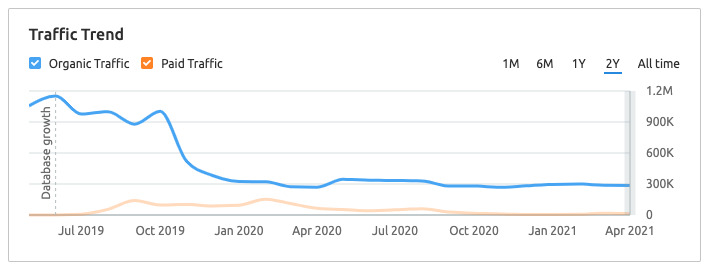
MyVoucherCodes – currently no mobile app
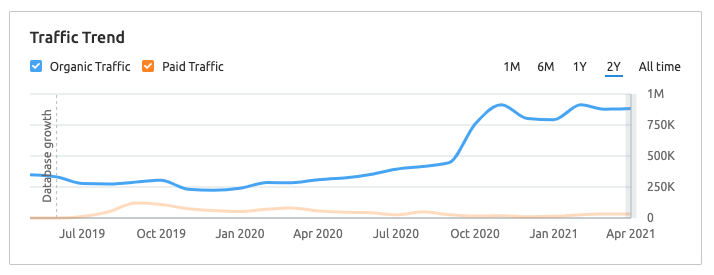
To caveat, both Vouchercloud and VCUK have a mobile app so they might not feel the need to optimise mobile search as much. But, it does appear on the surface that you would want to ride the wave that MVC is currently on.
Conclusion
With this impending update from Google due in May 2021, it is a good time to start focusing on how your site performs.
But, it can be easy to get hung up on trying to get your page speed down and ignoring the basics.
At the end of the day, you still want to be creating great content that is useful and valuable to the user. Without that, page experience won’t matter.
Content is king and will continue to reign for the foreseeable future.
What are your thoughts on the new update? Let us know in the comments below.

